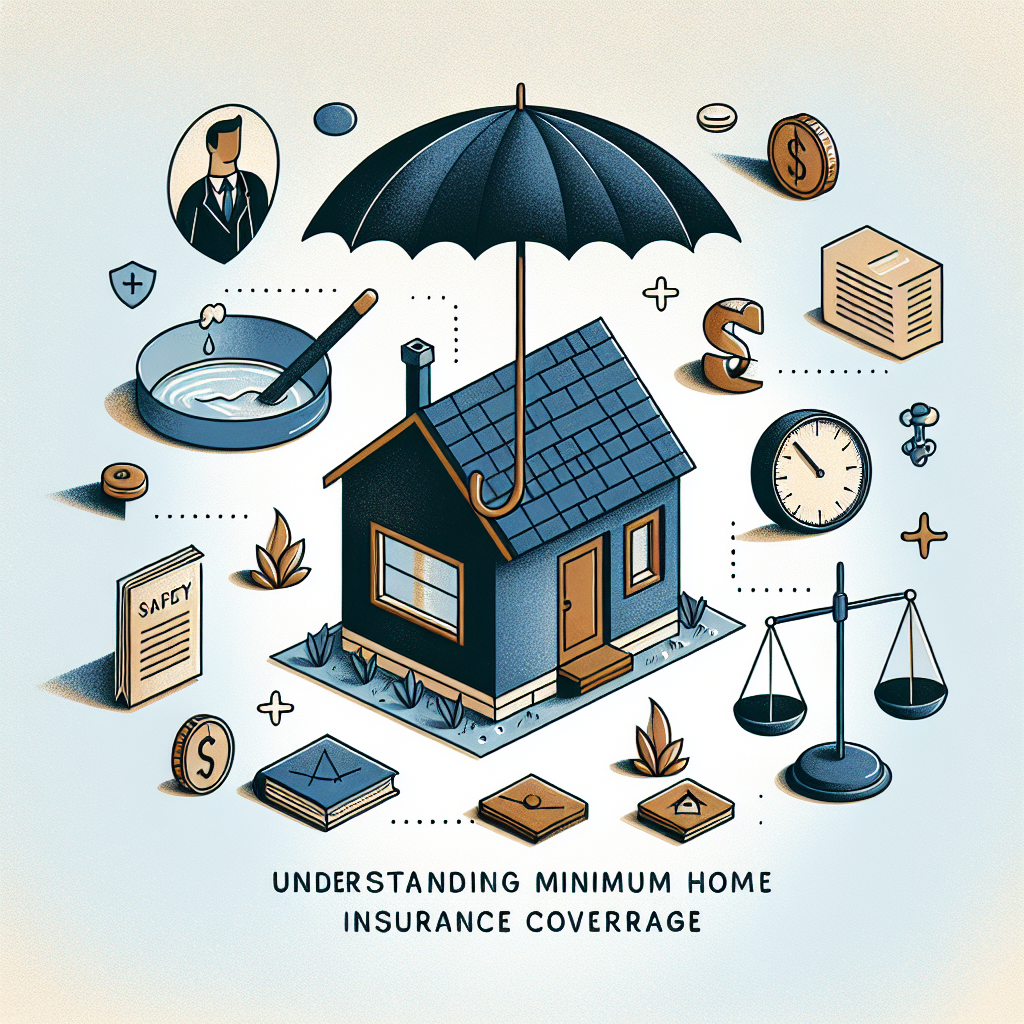Filed under Home Insurance on
Key Features to Seek in Home Insurance Coverage

When it comes to safeguarding your most precious asset—your home—choosing the right insurance policy is crucial. Home insurance coverage offers a financial safety net in case of unexpected events, but with countless options available, understanding the key features you should seek can be overwhelming. This guide aims to demystify home insurance by highlighting essential aspects to consider, ensuring that your investment is both secure and comprehensive.
Understanding the Basics of Home Insurance
Before delving into specific features, it's vital to grasp the fundamentals of home insurance coverage. Essentially, it is a type of property insurance designed to cover losses and damages to an individual’s residence, along with furnishings and other assets. It may also provide liability coverage against accidents in the home or on the property.
Core Components of Home Insurance
- Dwelling Coverage: Protects the physical structure of your home, including floors, walls, and built-in appliances.
- Personal Property Coverage: Covers your personal belongings, such as furniture, electronics, and clothing, in case of theft or damage.
- Liability Protection: Shields you from legal responsibility if someone is injured on your property.
- Additional Living Expenses: Provides financial assistance for temporary living costs if your home becomes uninhabitable.
With a solid understanding of these elements, let’s explore the essential features to look for when evaluating home insurance coverage.
Key Features to Seek in Home Insurance Coverage
Comprehensive Coverage Options
A versatile home insurance policy should offer a broad range of protection. While standard plans might seem sufficient, examining what’s included in comprehensive coverage is wiser. Look for policies that encompass:
- Natural Disaster Coverage: Protection against events like floods, earthquakes, and hurricanes, which may not be covered in a basic plan.
- Replacement Cost: Ensure the policy pays the full cost to replace damaged items without depreciation deductions.
- Extended Dwelling Coverage: Additional protection allowing for inflation and unforeseen market changes affecting rebuilding costs.
Deductibles and Premiums
Understanding deductibles and how they influence your premiums is crucial. A deductible is the amount you pay out-of-pocket before receiving a payout. Generally, higher deductibles lead to lower monthly premiums, but strike a balance that won't burden you financially in the event of a claim. Analyze your financial situation and risk tolerance to choose the right combination.
Customization Options
No two homes are alike, and your insurance should reflect your unique needs. Seek providers that offer customizable plans. Whether it's opting for higher limits on valuable items or adding endorsements specific to your property’s needs, personalizing your home insurance coverage ensures comprehensive security.
Utilizing Discounts and Bundling Opportunities
Insurance companies often provide discounts that can significantly reduce your premiums. Inquire about:
- Multi-Policy Discounts: Bundle home and auto insurance with the same provider for savings.
- Security System Discounts: Installing alarms or surveillance can lower rates.
- Loyalty Discounts: Long-term clients may receive reductions for their continued business.
Understanding Policy Exclusions
It's crucial to be aware of what is not covered by your policy. Some common exclusions might include:
- Floods and Earthquakes: Often require separate policies.
- Mold Damage: Coverage may not apply if the issue results from neglect.
- Wear and Tear: Routine maintenance issues are not typically covered.
Communicate with your provider to fully understand exclusions and consider purchasing additional coverage if necessary.
The Reputation of Insurance Providers
Choosing a reputable insurance provider is just as critical as selecting the right coverage. Research companies’ claim ratings and customer reviews, ensuring that they have a robust financial standing and excellent service track record. Trusted providers like State Farm, Allstate, and Liberty Mutual are often recognized for their reliability and customer satisfaction. Explore independent ratings such as those from J.D. Power or AM Best for credible insights.
Evaluating Financial Stability
An insurer's financial health is paramount in guaranteeing they can meet claims obligations. Review their financial strength ratings from agencies like Standard & Poor’s or Moody’s. A stable provider often equates to timely and full payments when claims are made, ensuring peace of mind during stressful periods.
Utilizing Technology for Better Management
Technological advancements have changed how we interact with insurance providers. From mobile apps that allow for easy policy management to AI-driven customer service, choose a provider that embraces technology to improve user experience. Features like virtual claim filing and real-time updates can enhance your experience and ensure swift resolutions to issues.
Consulting with Experts
While it’s beneficial to have a general understanding, consult with insurance brokers or experts to receive tailored advice. They can offer insights specific to your situation, identifying the best home insurance coverage for your needs. Their in-depth knowledge and access to multiple providers can potentially save you money while securing optimal coverage.
Staying Informed about Industry Trends
The home insurance landscape is ever-evolving, with trends like climate change affecting risk assessments and pricing models. Staying informed about industry developments ensures you’re prepared for shifts that could impact your coverage needs. Engaging with industry news or attending relevant webinars can keep you ahead of changes, securing the best possible protection for your home.
Conclusion
Selecting the right home insurance coverage is a vital step in safeguarding your home and financial well-being. By understanding the core components, seeking comprehensive and customizable options, and leveraging discounts, you can make informed decisions that provide peace of mind. Remember to research providers' reputations, evaluate their financial stability, and utilize technology to streamline your experience. Consulting with experts and keeping abreast of industry trends further ensures that your coverage adapts to changing needs and potential risks. Ultimately, the right policy not only protects your home but also supports your journey in creating a safe and secure environment for you and your loved ones.





